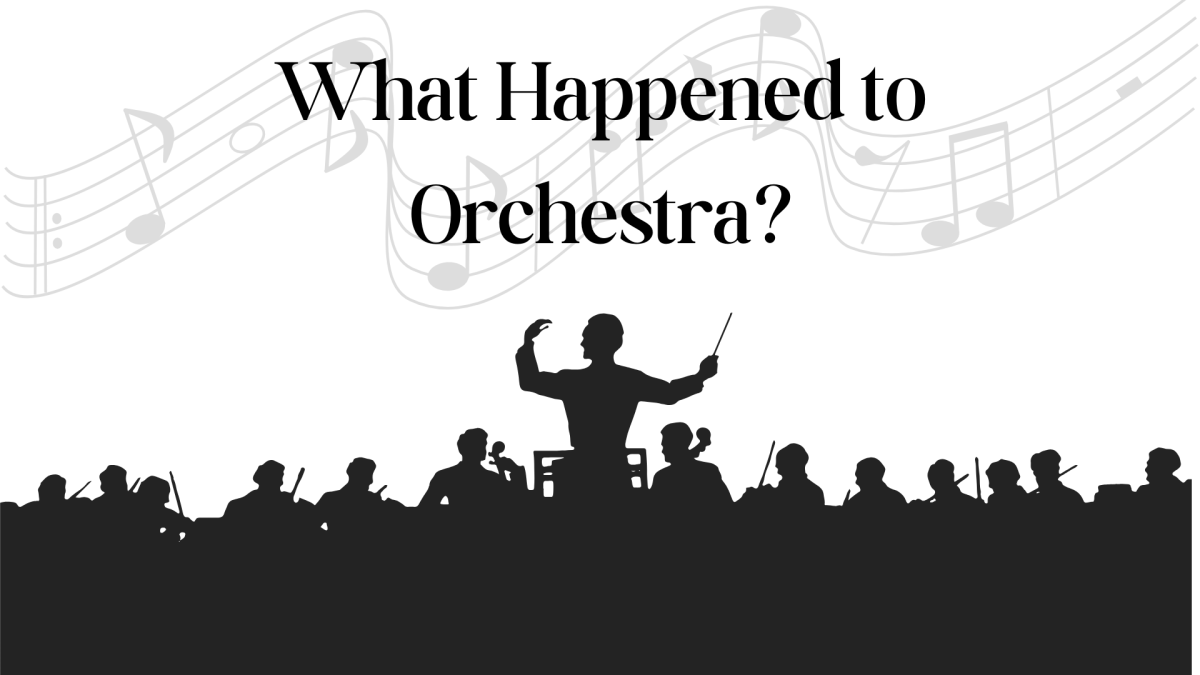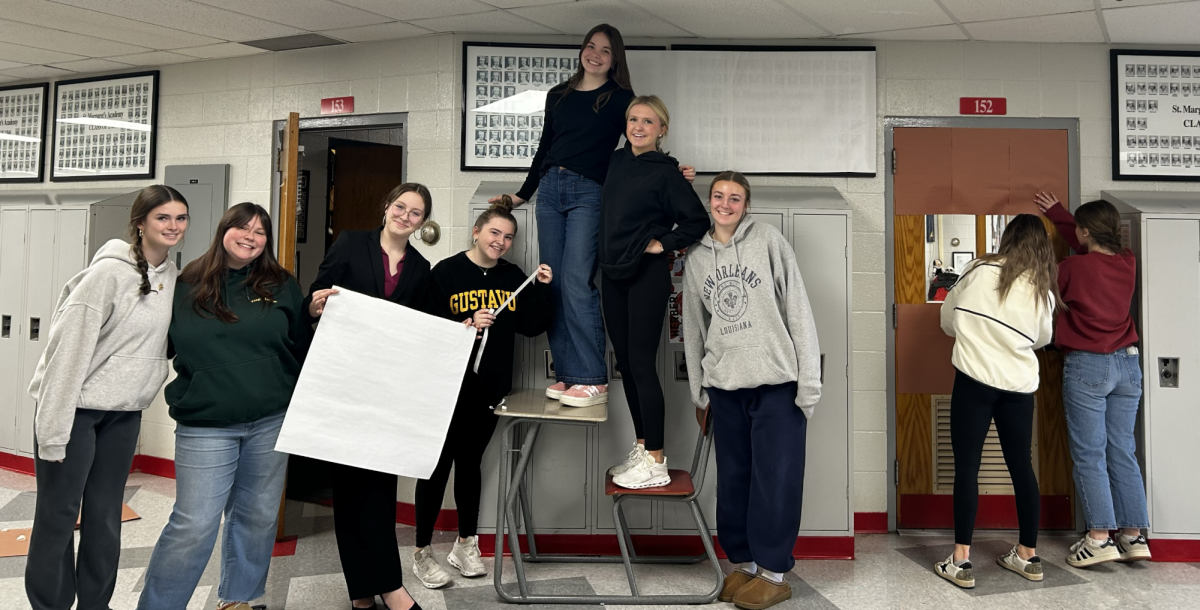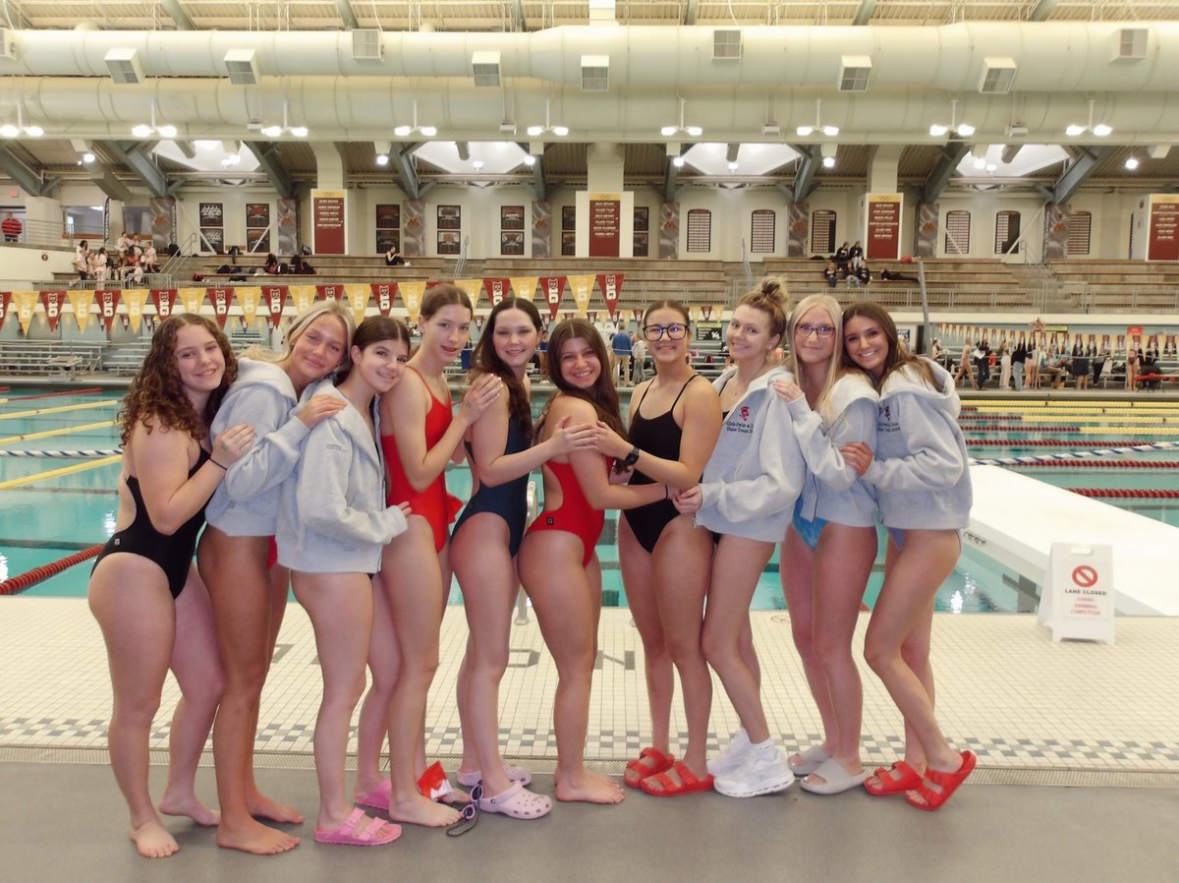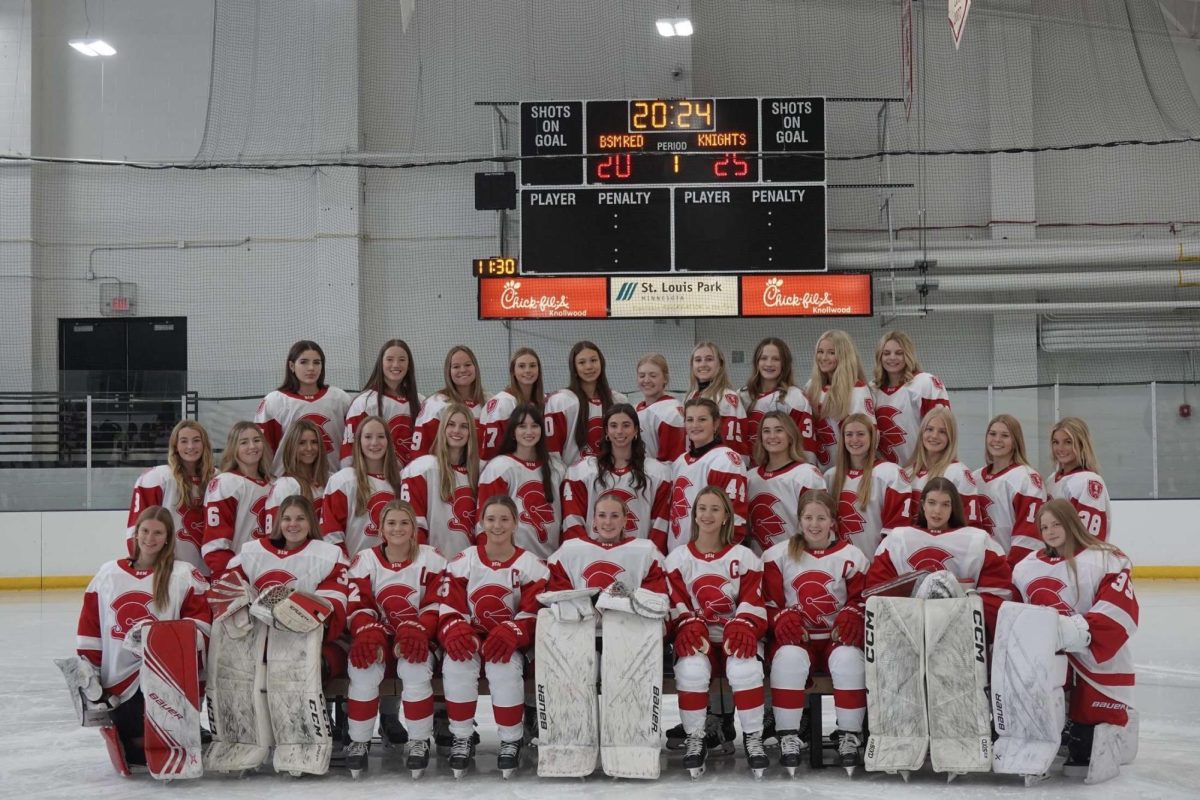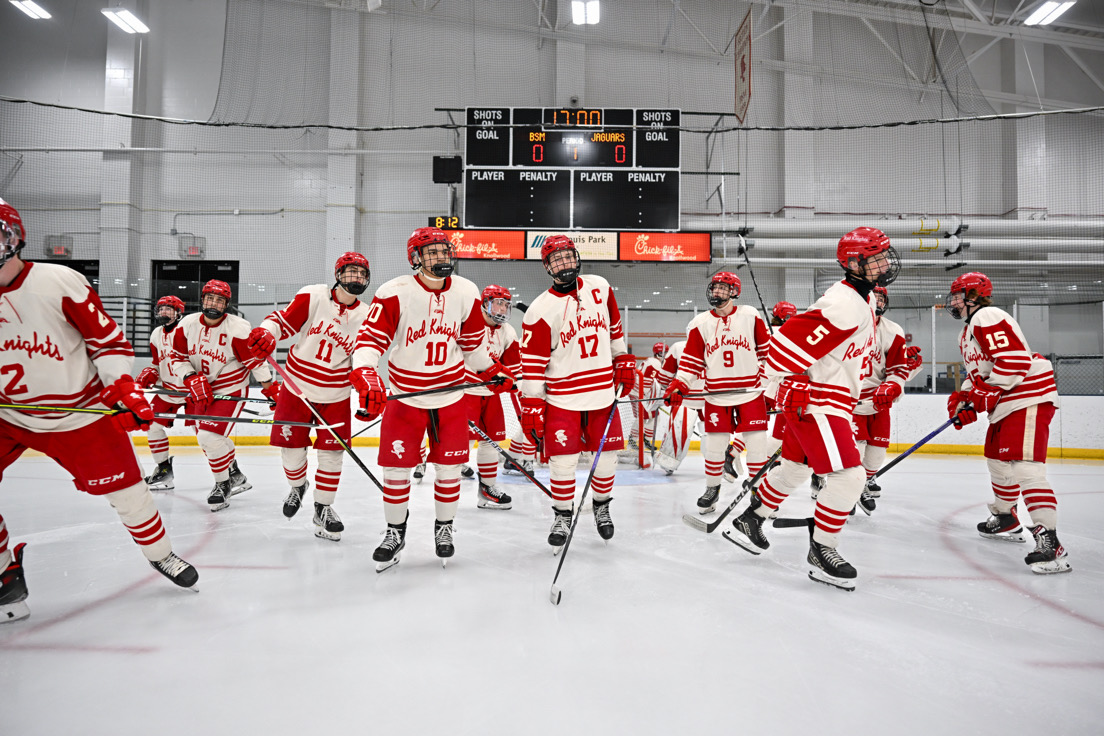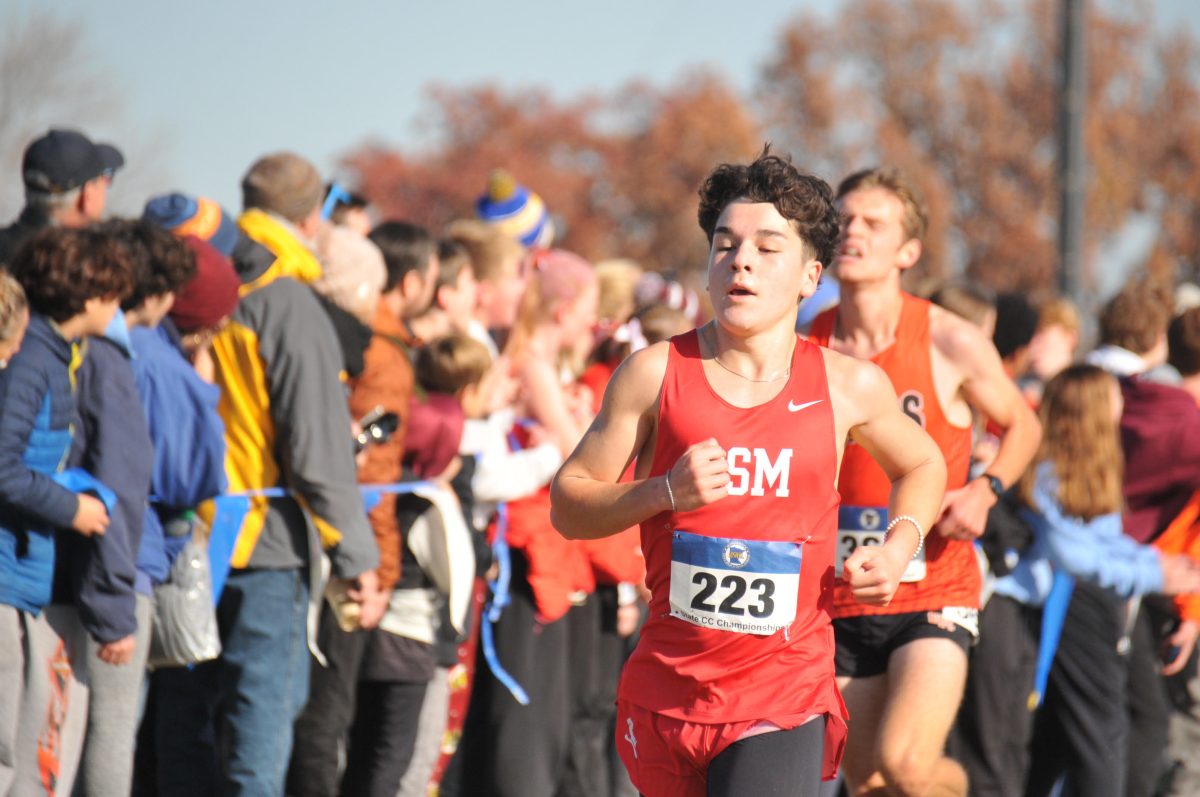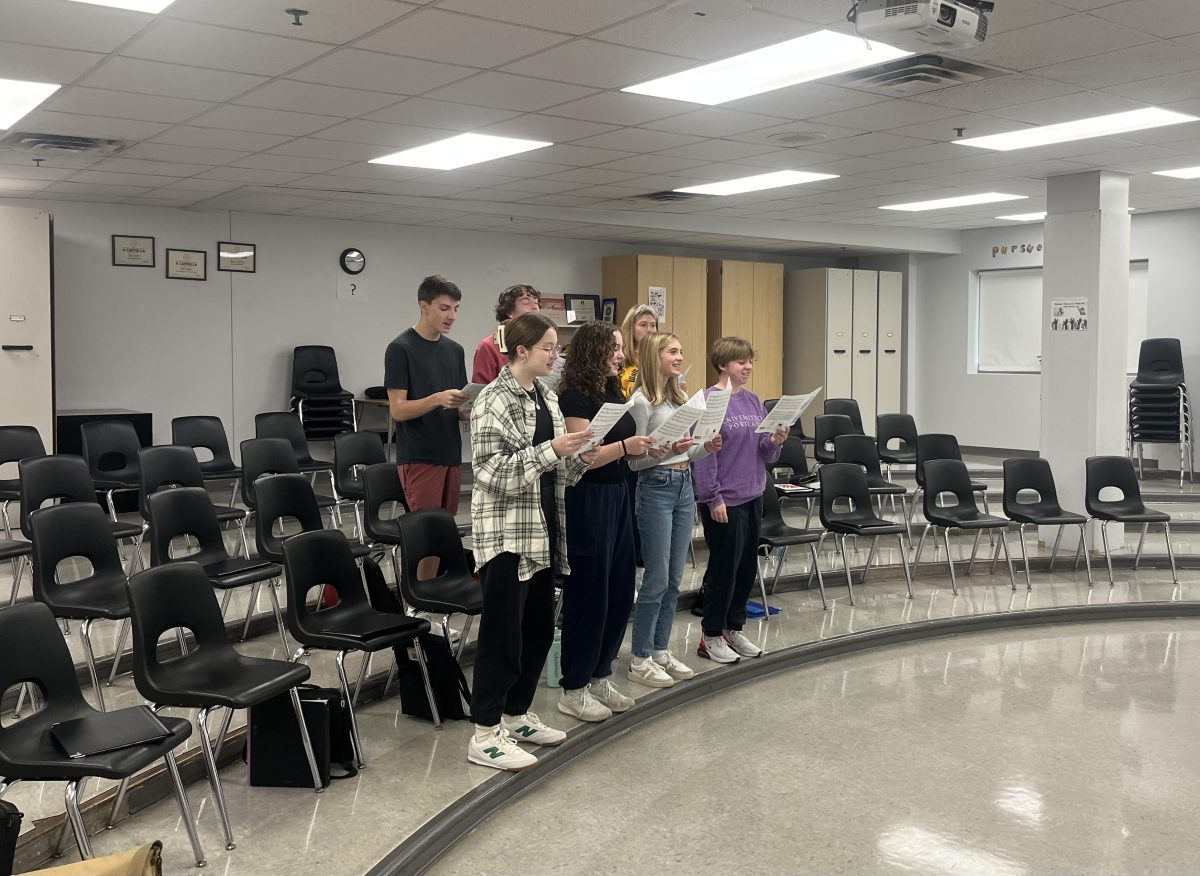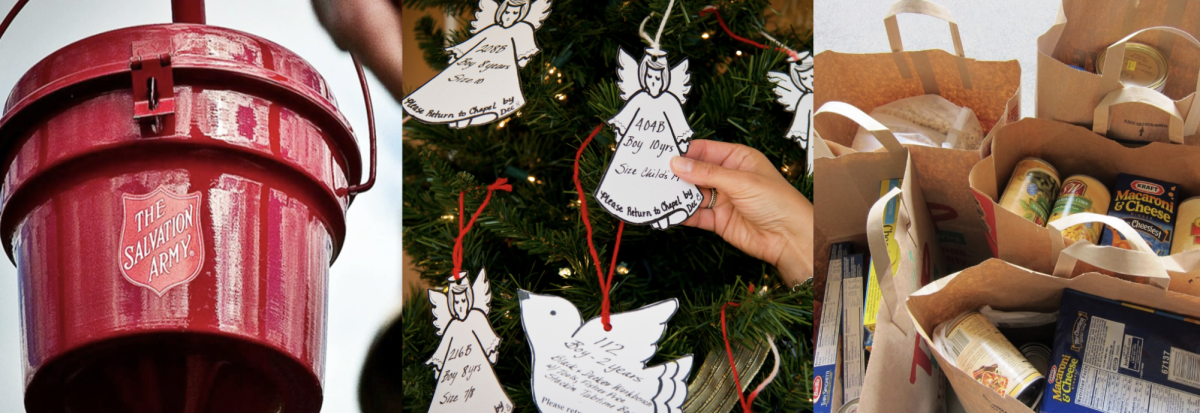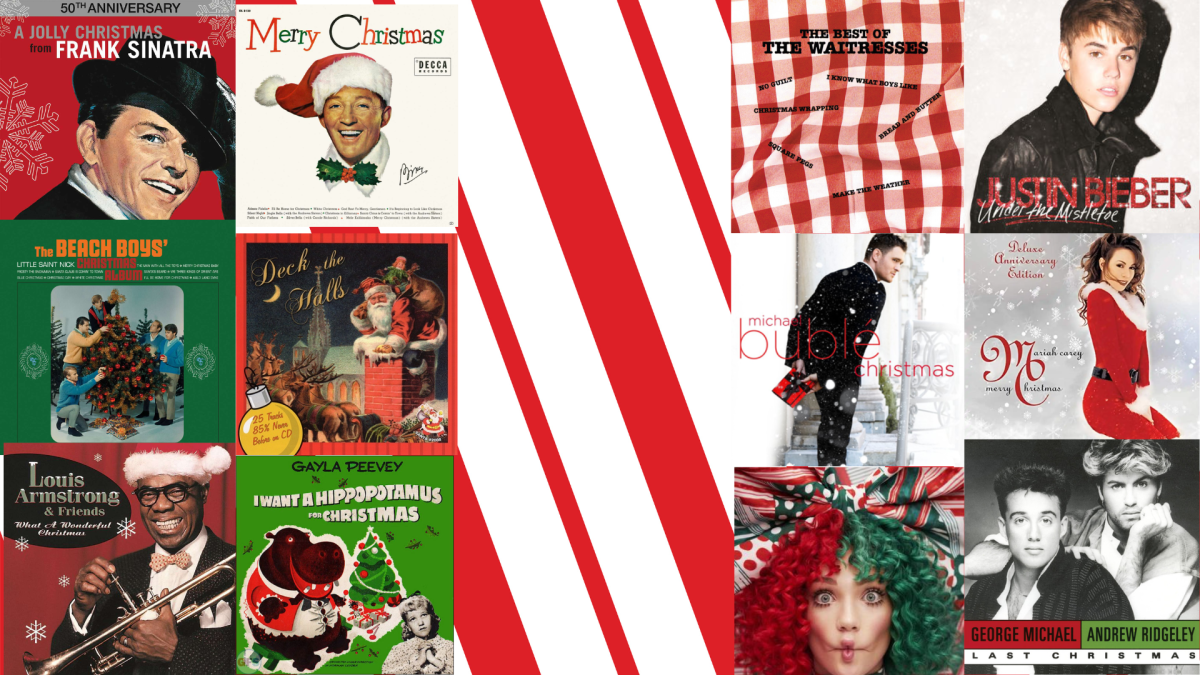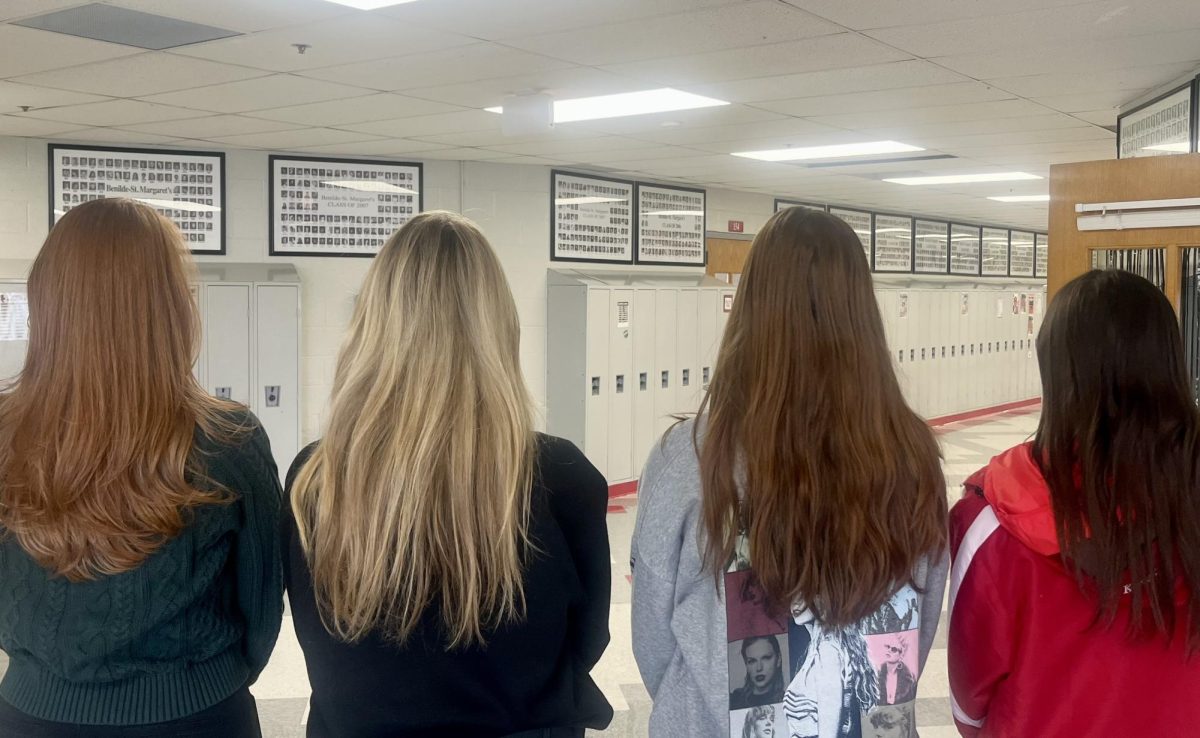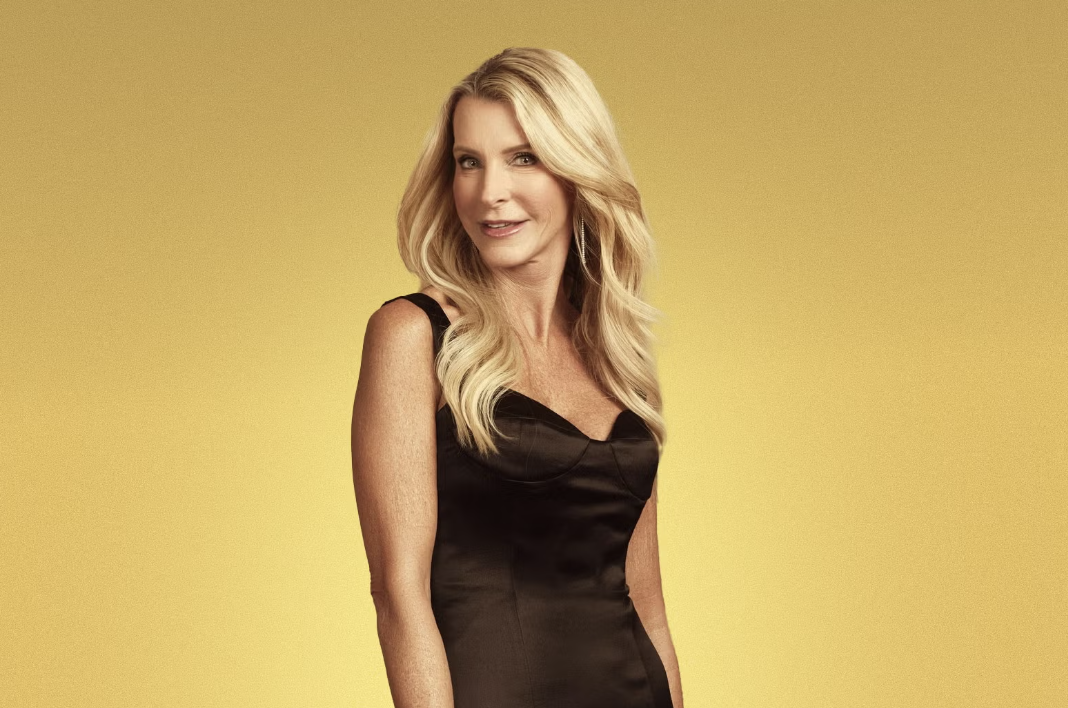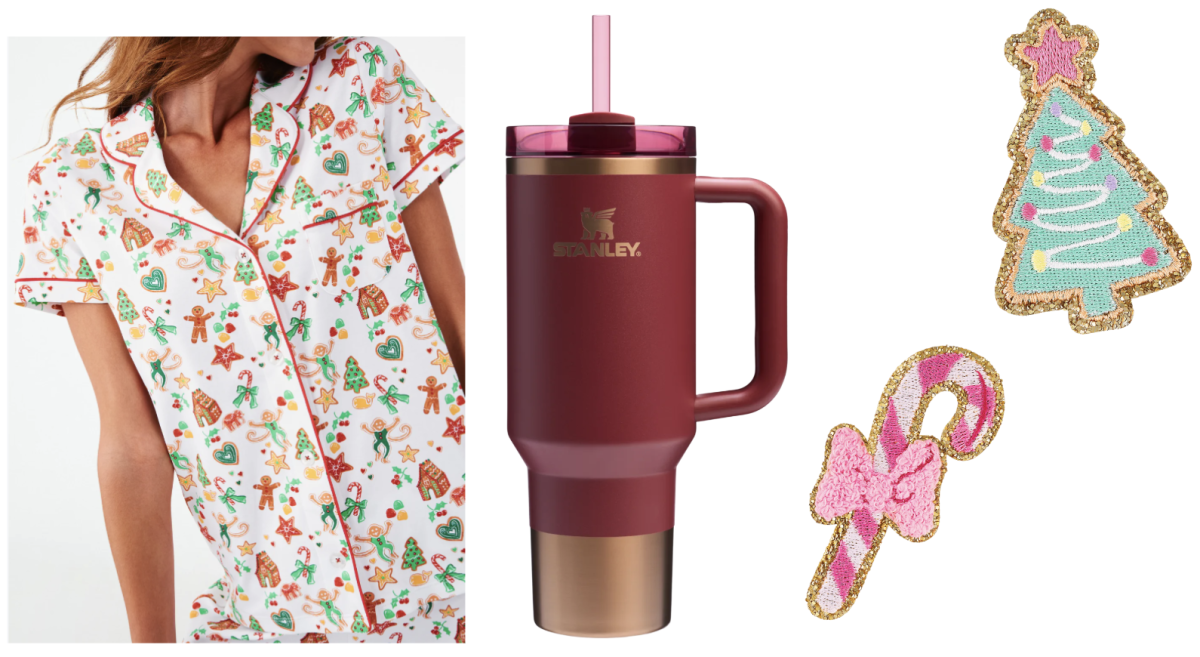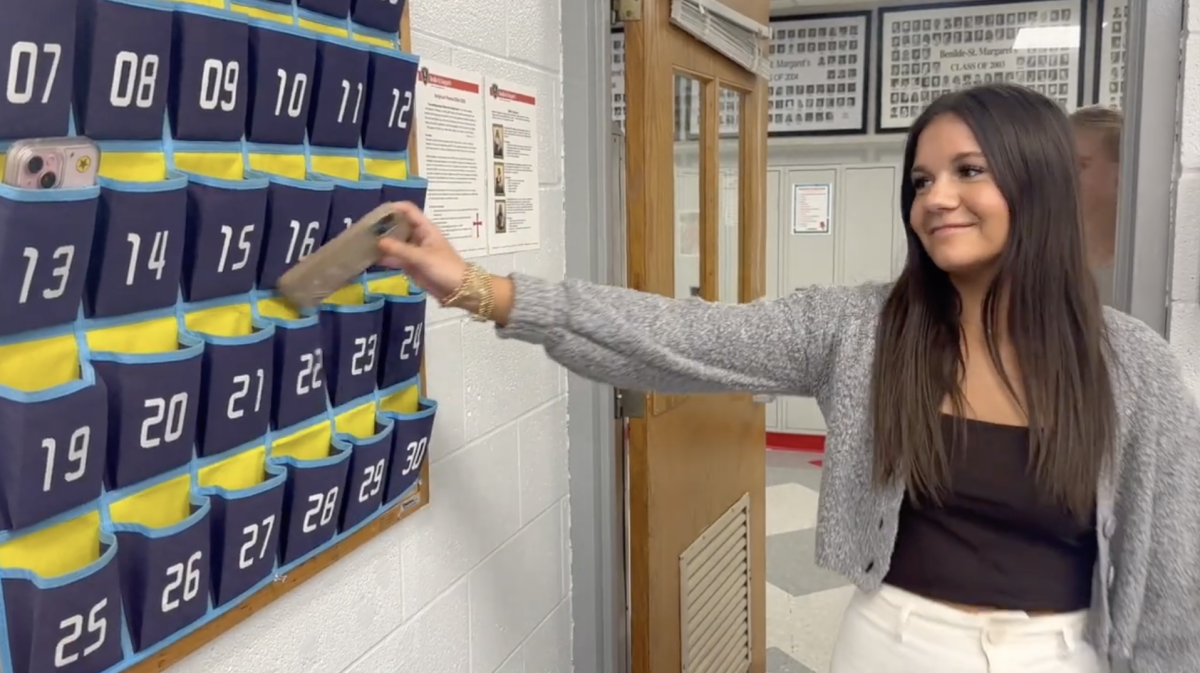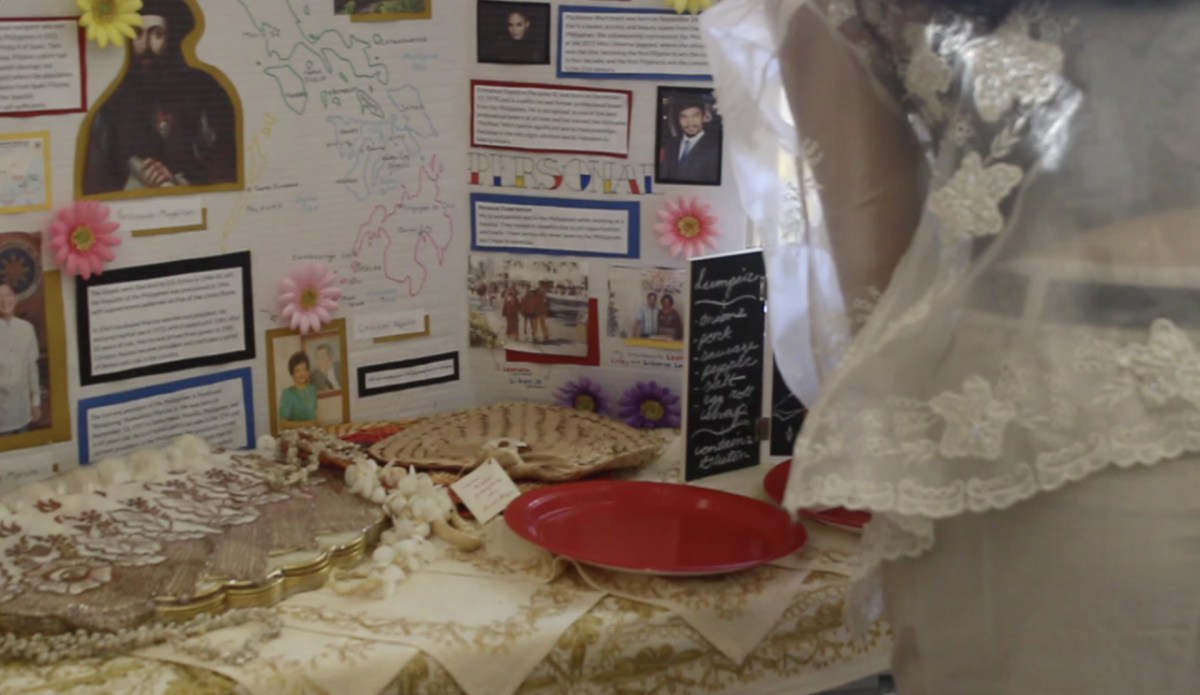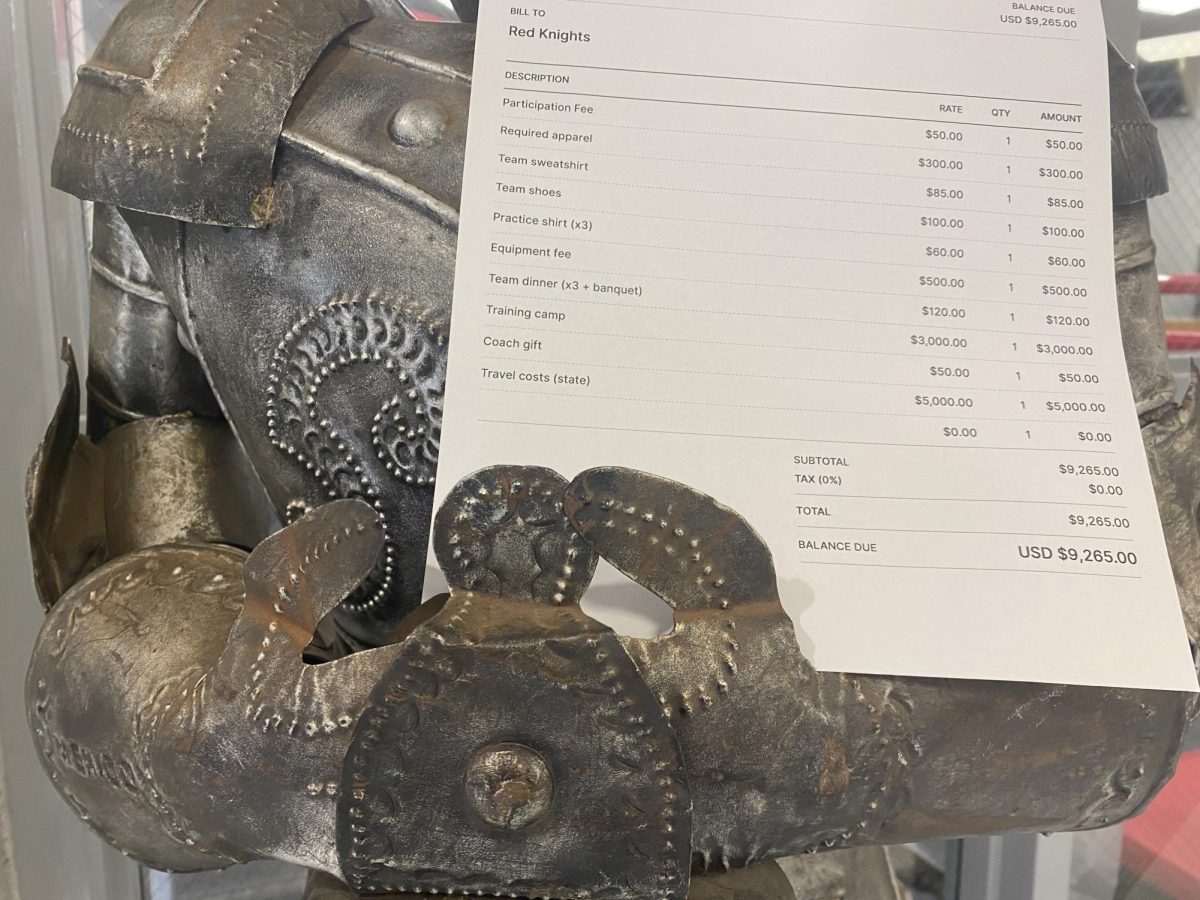Locker signs denoting membership in BSM activities line the halls. They’re a reminder that almost every Red Knight participates in some form of student life, whether it be sports, clubs, or other activities. However, participation isn’t as simple as just showing up; many factors go into the cost of student life at BSM. Additional costs for social events, including senior spring break and dances, also add to the price tag. That’s the problem: student life is becoming increasingly unaffordable, especially due to consumerism, and that needs to change.
The cost of participation in BSM activities varies from reasonable to astronomical. While there is financial aid, there’s a finite amount available. Furthermore, the out-of-pocket cost for families is dependent on the co-curricular budget, which is primarily funded via tuition, annual giving, concessions, and participation fees. This budget supports all programs at BSM, including their equipment, coaches’ salaries, and facilities. When this cost exceeds the money in the co-curricular budget, it falls on BSM families to make up the difference. This year, that’s meant new participation fees. “The cost of everything has risen in the last few years and it looks like that trend will continue. The cost of officials is predicted to go up over 40% next year, and that is consistent with other cost increases that we’ve seen across the board. This is the main reason that we implemented a participation fee this year. We want to maintain the breadth of programs for students instead of looking at cuts,” Activities and Athletics Director Rick Johns said.
Required apparel only adds to the price tag. For example, senior goalie Demetra Walsma’s gear costs about $5,000 in total, and none of it is provided by the hockey team. “[E]very year I spend like $600 on pads…[And] everything else ranges from like 100 to 500 [dollars]. And then my helmet is probably the most expensive…[I would] probably say the helmet itself was $1,000,” Walsma said.
To match outfits, teams often buy new apparel each year; however, it’s not uncommon for these items to go unused. Sports and activities already have huge financial requirements, without the added burden of unnecessary apparel. Inflation is also exacerbating prices, contributing to even more financial strain. “We [bought] team shoes that no one wore so that was definitely really frustrating because… I think they’re $120 which is a lot of money… I know some kids [whose] parents either don’t allow them [to buy apparel] or they actually can’t afford it,” sophomore basketball and soccer player Harper Stevenson-Shimek said.
Not only does the required gear boast a hefty price tag, but sports equipment is not immune to the influence of trends. In order to keep up, students and their families may spend even more money to replace their old equipment with the newest version. “[T]here’s definitely trends in what people buy, and [it] even [happens] here too… sometimes there’s like a new popular branded stick that people will want to buy,” Walsma said.
These trends contribute to a culture of spending money, and pressure to fit in by doing so. On some teams, not having specific items will lead to negative opinions. The editorial staff of the Knight Errant feels that this makes social life inaccessible for many. “I feel like almost if you’re not in your own Lululemon outfit then you’re kind of an outsider…there’s this kind of pressure to have nice clothes at practice and at BSM in general,” junior dancer Kate Cornell said.
Social pressure regarding clothes and accessories unfortunately extends far beyond the court or the rink. With the influence of social media, trends rise and fall at a fever pitch, and anyone who wants to keep up will be spending a lot of time in the store. Public perception is one of the biggest drivers behind consumerism at BSM, and it shows. “I’ve definitely seen other people…feel that they need to wear certain clothes to fit in or have certain things. I notice a lot of people…get the Stanley cups, and I’m a victim of that as well. I literally have one, but that’s just because I had thought everyone else had one, and I wanted to fit in,” Walsma said.
School dances are yet another example of growing consumerism. From dresses to nails, the excessive purchases associated with school dances have become expected in recent years.“A lot of people at the school like spend hundreds of dollars [on] dresses they’re going… to wear once. So [there’s] definitely a lot of [peer] pressure,” senior Elena Jackson said.
Unfortunately, peer pressure can also follow you on your vacation. The tradition for seniors to go on group trips during senior break, an unofficially required norm, is one of the biggest displays of the financial cost of student life. While it’s not mandatory, it’s become a normal part of senior year for many. “Mexico is one of the top destinations for seniors. That’s where most people go, and that’s very expensive. So [it costs] probably like thousands of dollars,” Jackson said.
While following the trends is financially accessible for some, it can pose a problem for others. And that’s the heart of the issue: student life shouldn’t cost an arm and a leg. Apparel, trends, clothes, travel– it all adds up. Astronomical prices impose a large financial requirement on even the families that can afford it, and it can isolate the families who can’t. Everyone should be able to participate in student life, regardless of their financial situation.
The editorial staff of the Knight Errant feels that it is necessary to point out that many of these activities have high price tags everywhere: this is not a problem unique to BSM. And while BSM does have measures in place to alleviate any potential financial burden, the fact remains that for many, consumerism has permeated almost every aspect of Red Knight social life. As a student body, we have a responsibility to make our culture more inclusive and break down both conscious and unconscious expectations regarding money. We need to do better.



